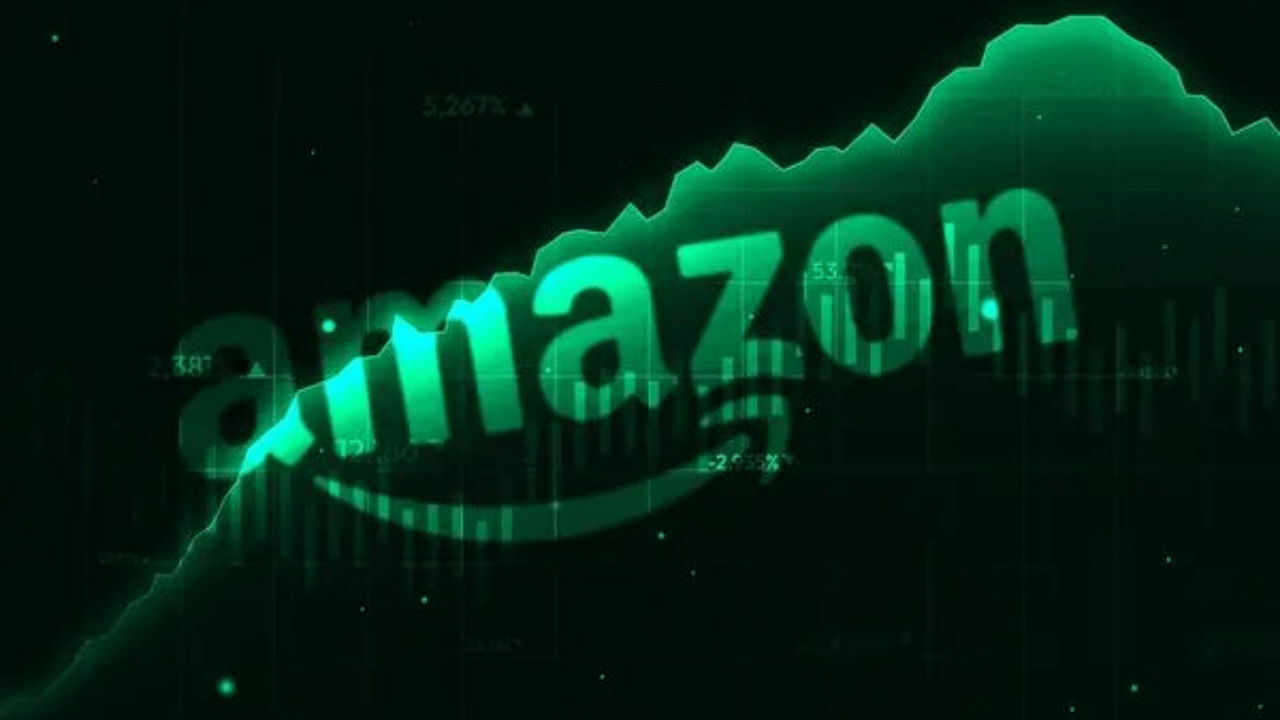New Delhi: Amazon’s launch of 10-minute delivery service, Amazon Now, in Delhi following its debut in Bengaluru, has heated up the quick commerce space, which is already marked by fierce competition among Blinkit, Zepto, and Swiggy Instamart, making India one of the few markets globally where ultra-fast delivery is thriving.
A report by ICICI Securities in April this year, in fact, had talked about how quick commerce platforms are building deep-habit loops, are no longer confined to speed and snack-led occasions, and are structurally reshaping retail behavior through high-frequency engagement and curated category expansion.
Amazon has begun its ultra-fast delivery service ‘Amazon Now’ in select pin-codes in Delhi with “curated selection of everyday essentials”; the 10-minute delivery service was launched in Bengaluru in December last year.
`Amazon Now’ tab now appears within the app in select pincodes it is available in, and the company intends to launch the offering in other cities soon.
Amazon 10-minute delivery service covers daily essentials including groceries, fruits and vegetables, personal care and beauty products, wireless accessories, small appliances. Orders with minimum value of Rs 99 for Prime users, and Rs 199 for non-Prime users are delivered free of charge.
Market watchers believe that app-based quick commerce platforms have cracked the code when it comes to recreating the convenience and familiarity of shopping at local kirana stores. Amid fast paced lifestyles and busy work schedules, they offer customers online stacks of a diverse choice of products and, of course, the ease of doorstep delivery.
Moreover, quick commerce boom is riding on the India’s smartphone penetration, low data costs, and predominantly young demographics.
According to a report earlier this year by Flipkart and Bain and Company, more than two-thirds of all e-grocery orders and one-tenth of e-retail spends happened on quick commerce platforms in 2024, underlining how QCom is revolutionising the way consumers buy in India.
Jefferies, in a recent report, had noted that the quick commerce has indeed become mainstream and entry of horizontal platforms like Flipkart and Amazon is more out of force as the users and their share of wallet have been rapidly moving to quick commerce platforms.
“The market in some pockets may get cluttered, as in certain places, there may be as many as six different quick commerce platforms, with some trying to woo users via aggressive discounts. Specifically, on Amazon, we think these are early days and the offering needs to have enough scale in terms of coverage to be a meaningful player in the overall Q/C (quick commerce) market.
“This may require serious effort including burn given Amazon lacks brand recall for Q/C unlike incumbents – currently, Q/C is part of main Amazon app while experience suggests higher traction in case of verticals like Blinkit (Swiggy too has launched separate app for Q/C),” Jefferies had said in a note in June this year.
Indians, it is estimated, ordered goods worth Rs 64,000 crore from quick-commerce platforms like Blinkit and Instamart in Financial Year 2024-25, more than double from the previous fiscal year’s Rs 30,000 crore. The gross order value (GOV) is estimated to grow more than three times to touch Rs 2 lakh crore by FY28, the report by one of the arms of domestic rating agency Careedge Ratings said.
Another report by Datum Intelligence, pegged the quick-commerce market size at a staggering USD 40 billion by 2030, a jump from USD 6.1 billion in 2024.
That said, despite its strong growth and promising prospects, quick commerce has courted its fair share of controversies, including regulatory scrutiny from the Central Consumer Protection Authority (CCPA) over issues such as food safety lapses, claims, and compliance gaps.
Late last year, the consumer protection regulator issued notices to several companies for failing to comply with mandatory product disclosure requirement. The notices were issued to 3-4 quick commerce companies for violations related to packaged product disclosures – the law requires online and offline retailers to display key product information, including maximum retail price, expiration date, weight, manufacturer details, and consumer grievance addresses on packaged goods.
